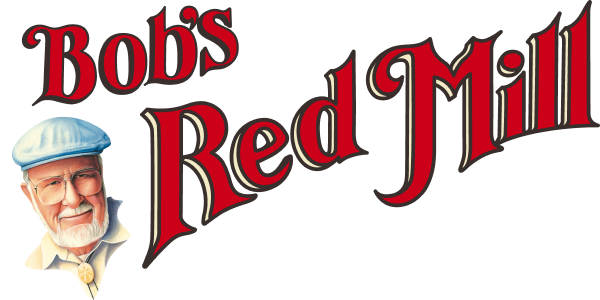


 However, buying organic is arguably much kinder on the environment. Food that is produced using organic practices may eliminate the contamination of water and soil and help keep local wildlife thriving instead of dying. Its thought to encourage biodiversity and discourage the effects of global warming and erosion.
However, buying organic is arguably much kinder on the environment. Food that is produced using organic practices may eliminate the contamination of water and soil and help keep local wildlife thriving instead of dying. Its thought to encourage biodiversity and discourage the effects of global warming and erosion.
